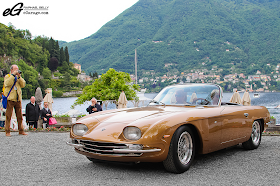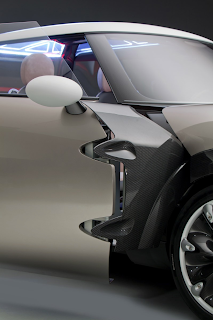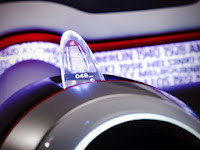Created exclusively for the U.S. market. The Exclusive Selection Edition R8s were offered in limited numbers in both V8 and V10 coupe forms (20 V8s, 30 V10s). Both versions came with the Audi quattro permanent all-wheel drive system.
V8 models could be had with a new Daytona Gray matte exterior paint, complete with a carbon fibre splitter, unique 19-inch wheels, carbon fibre rear diffuser, new black elements on the grille and exhaust finishers, R8 GT tail lamps and red brake calipers. On the inside, a new leather seating package included crimson elements and contrast stitching, a different navigation surround and a thicker-contoured steering wheel.
V10 models came with a shimmering Ibis white exterior and Brilliant Black features – including the sideblade, exterior mirrors, and rear license plate surround – as well as R8 GT tail lamps and 19" bi-color e-tron wheels. Ibis finishes and Alabaster White contrast stitching, as well as a Carbon Fiber monoposto driver's cockpit, completes the interior, which also features an exclusive leather Navigation surround and contoured steering wheel.
Both versions were equipped with Bang & Olufsen® Sound Systems, Audi Music Interface Navigation systems and Audi ultra lightweight technology and Audi quattro® all-wheel drive. Both versions were powered by a 4.2-liter FSI® V8 which generates 430 hp at 7,900 rpm, with 316 lb-ft of torque at 4,500 - 6,000 rpm. Either version can be paired with a six-speed manual transmission or an automatic R tronic® transmission. (autoblog.com)
Both versions were equipped with Bang & Olufsen® Sound Systems, Audi Music Interface Navigation systems and Audi ultra lightweight technology and Audi quattro® all-wheel drive. Both versions were powered by a 4.2-liter FSI® V8 which generates 430 hp at 7,900 rpm, with 316 lb-ft of torque at 4,500 - 6,000 rpm. Either version can be paired with a six-speed manual transmission or an automatic R tronic® transmission. (autoblog.com)






















































































































































